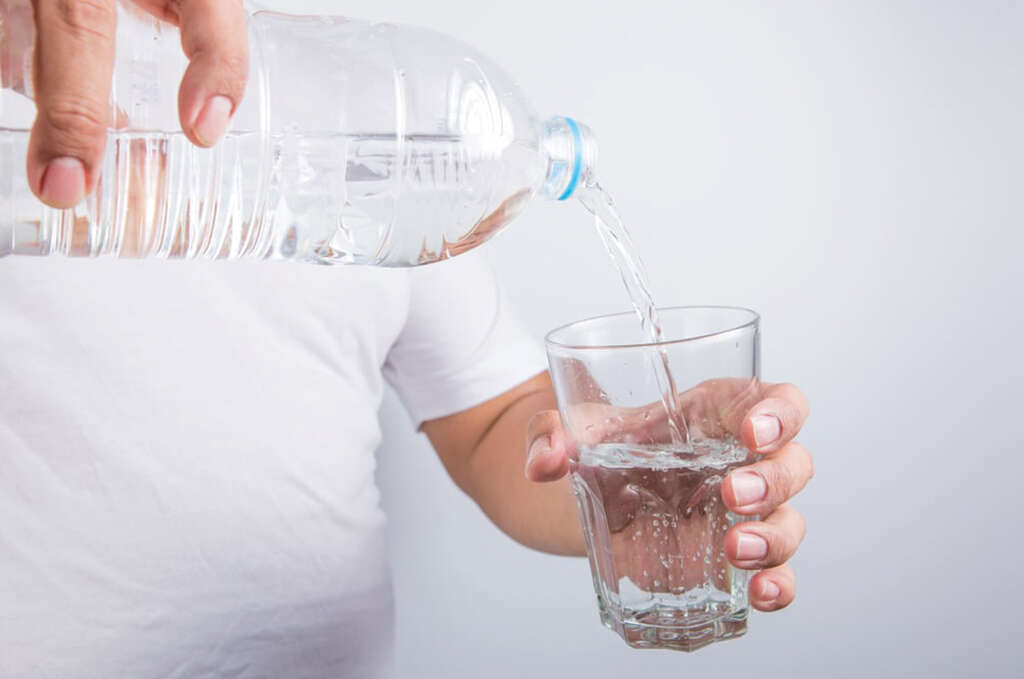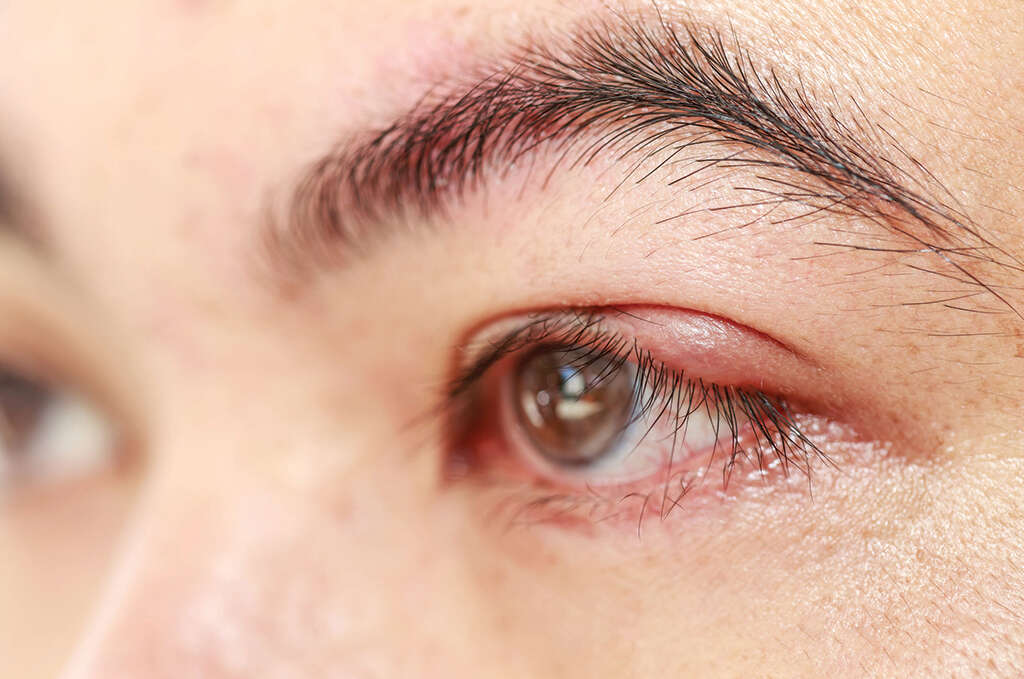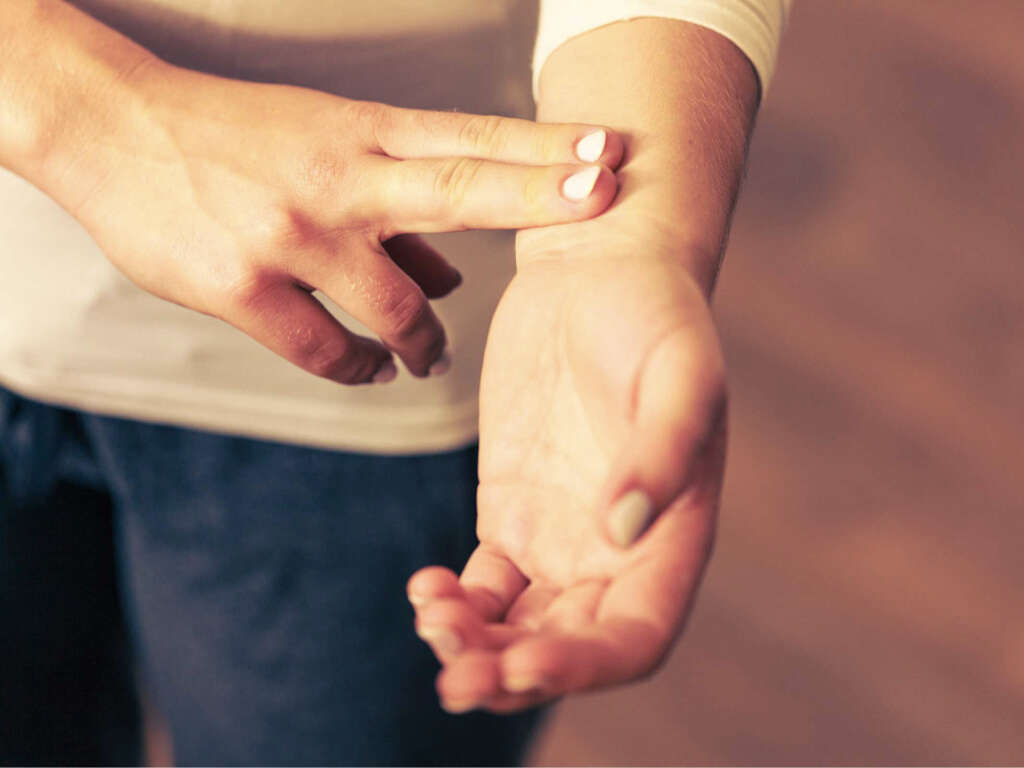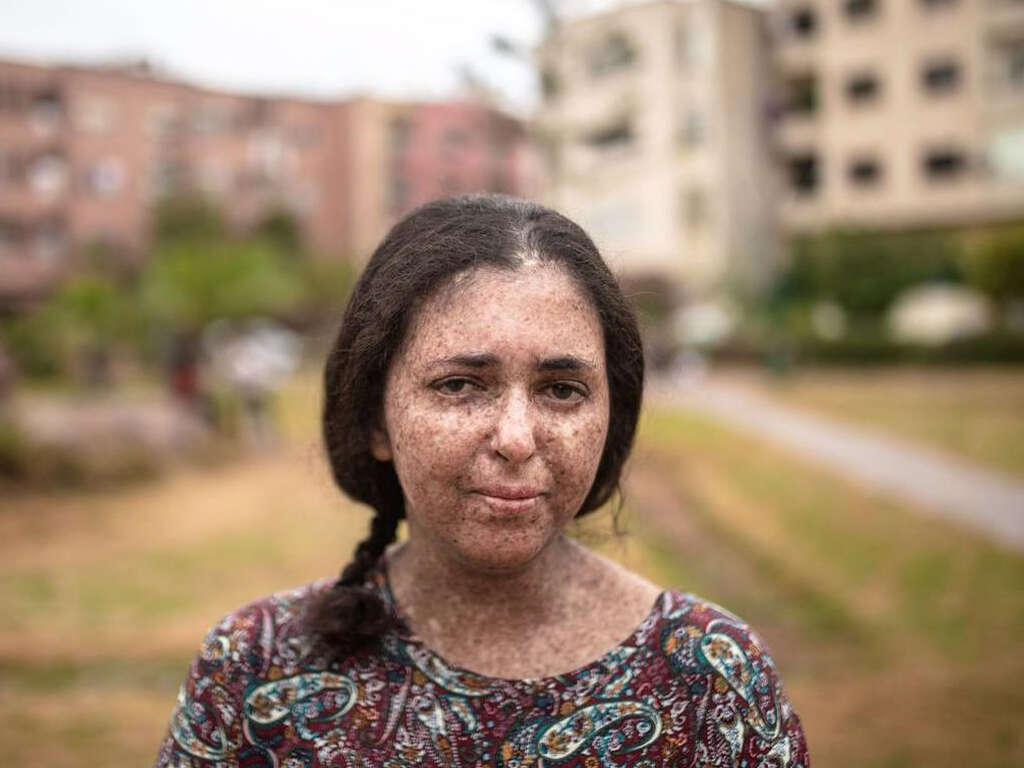10 Sun Poisoning Symptoms
Sun poisoning does not literally mean that there is poisoning from the sun. Instead, it is a term used to describe a severe case of sunburn from ultraviolet radiation that causes inflammation of the skin. It occurs when an individual has a strong reaction to the sun causing a flu-like response. Symptoms of sun poisoning can appear up to 72 hours after experiencing a bad sunburn.
This means that little to no symptoms may appear in the beginning. Sun poisoning is a layman’s term and only occurs if there is a sunburn.
Symptom #1: Fever and Chills
Fever occurs when the set point of body temperature becomes higher than normal. This causes the body to feel cold causing muscle contractions to produce heat to try to reach the higher point of body temperature. The feeling of coldness is known as chills. Fever and chills are non-specific symptoms that can be seen in various infections (bacterial, viral, and parasitic).
It is one of the body’s natural ways to enhance the ability of the immune system to fight infections. It can be managed with antipyretics such as paracetamol (or acetaminophen) and non-steroidal anti-inflammatory drugs (NSAIDs) like ibuprofen, naproxen sodium, diclofenac sodium, and more.
Symptom #2: Arthralgia
Arthralgia is a medical term that describes joint pain that can occur due to both degenerative and destructive processes in the joints. It is a non-specific symptom that can be seen in diseases such as rheumatoid arthritis, viral arthritis, reactive arthritis, ligamentous laxity, osteoarthritis, septic arthritis, hemarthrosis, gout, and more.
The treatment of arthralgia depends on the underlying cause and may include surgery, immunosuppressants, antibiotics, painkillers, topical creams or ointments, injections, and more.

Symptom #3: Myalgia
Myalgia refers to muscular pain that is most commonly due to the overstretching or overuse of muscles. It is a non-specific symptom that can be seen in various diseases such as nutritional deficiencies, viral infections, chronic fatigue syndrome, side effects of medications, fibromyalgia, autoimmune disorders, and more. The treatment of myalgia depends on the underlying cause.
If the cause is unknown, myalgia can be managed through rest, heat packs, ice packs, muscle relaxants, painkillers such as paracetamol (or acetaminophen) or NSAIDs and more. In the presence of sunburns, muscle pain should not be treated with heat or ice packs.
Symptom #4: Headache
Headaches refer to pain that is felt anywhere in the region of the head or neck. There are many types of headaches such as tension type headaches, cluster headaches, migraines, and more.
Headaches are very common and can be seen in many conditions such as dehydration, low blood sugar, viral infections, bacterial infections, hunger, and more. It is usually managed using painkillers such as paracetamol (or acetaminophen) and NSAIDs.

Symptom #5: Malaise
Malaise is a term that describes a general feeling or sensation of general discomfort, pain, or uneasiness. It is one of the first indications of disease or infection. It is a non-specific symptom that can be seen in mild ailments, hunger, and serious conditions such as cancer, heart attack, stroke, and internal bleeding.
Patients with malaise often describe it as a feeling that “something does not feel right”. However, it can be hard for medical professionals to diagnose the underlying issue without further symptoms. It is often thought to be due to the activation of an immune response.
Symptom #6: Dehydration
Dehydration refers to a deficit of total body water resulting in the disruption of metabolic processes. While most individuals are fine with 3 to 4 percent of decrease in total body water, a further 5 to 8 percent decrease can cause issues such as dizziness and fatigue. In a study done in 2013 titled “The Hydration Equation: Update on Water Balance and Cognitive Performance” written by Riebl et al, it was found that even a 1-2% loss of total body water can cause cognitive changes and fatigue.
Further dehydration can lead to both physical and mental deterioration and death. The main characteristics of dehydration include thirst, headaches, discomfort, appetite loss, decreased urine output, seizures, confusion, and more. Dehydration occurs when there is more loss of total body water compared to input.

Symptom #7: Red, Inflamed, and Tender Skin
Sun poisoning occurs only when there is sunburn. When sunburn occurs, there is damage to the skin causing inflammation, redness, and tenderness of the skin. The inflammation is an important beginning in the process of healing after there is cell death. Some experts further believe that the inflammatory process also helps to clean up cells that are genetically damaged before it turns cancerous.
Some of the ways to manage the tender and inflamed skin include using cool compresses, moisturizing when the skin is still damp, taking NSAIDs that reduce discomfort and inflammation, and staying hydrated.
Symptom #8: Painful, Swollen, and Blistering Skin
Extreme cases of sun poisoning can cause the skin to become painful and swollen with blisters starting to appear. The blisters can take a week or more to subside and can result in darker or lighter spots on the skin after it heals for 6 to 12 months.
The blisters are small and fluid-filled bumps with surrounding skin that is swollen and can also be itchy. These blisters should not be popped or picked at as they can become infected. Patients with sun poisoning that lead to blistering skin have a higher risk of skin cancer.

Symptom #9: Nausea and Vomiting
Nausea is the involuntary urge of wanting to vomit. Vomiting is also known as puking, barfing, or emesis and refers to the involuntary expulsion of stomach contents through the mouth and nose.
Both nausea and vomiting are non-specific symptoms that can be seen in various conditions such as pregnancy, dehydration, food poisoning, sun poisoning, infections, and more. It can be managed using antiemetics such as ondansetron and metoclopramide.
Symptom #10: Light-headedness and Dizziness
Light-headedness refers to the unpleasant sensation where one feels dizzy or faint. It can be a short, prolonged, or recurring issue. Patients describe dizziness or vertigo as their surroundings spinning around them. Light-headedness and dizziness are non-specific symptoms that can be seen when there is shortage of blood or oxygen, drop in blood pressure, dehydration, hypoglycemia, hyperventilation, panic attacks, and more.
Treatment will depend on the underlying cause and involves staying hydrated, eating to keep the blood glucose level up, avoiding bright lights, avoiding sudden changes in posture, and more.











